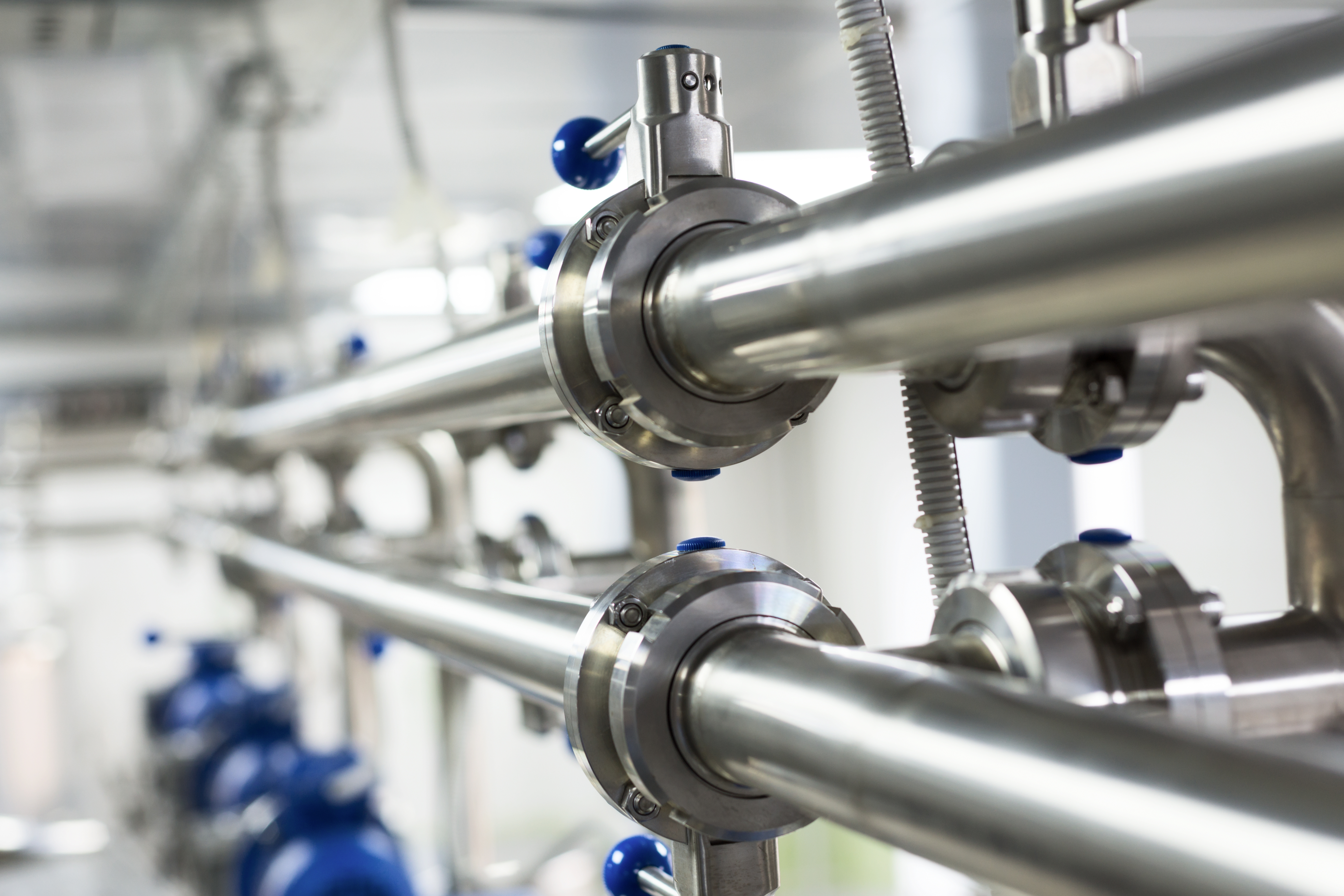
3 Ways to Reduce Contamination Risk in Your Steam System
Contamination in your steam system can cost you an immense amount of money and product. Find out how to reduce the risk and keep a pure system.
Article written by FCX Performance, Inc
If you work in an industry that relies on the purity of steam to keep your products and processes safe, contamination is most likely top priority. Contamination in your system can be one of the most costly issues you encounter. Here are a few ways to maintain cleanliness throughout your steam system.
Water Quality
One of the best ways to reduce contamination risk in your steam system is with the quality of your water. The water being heated to create your steam should be of the highest purity possible. Reverse-osmosis water goes through a semi-permeable filter at an intense pressure level to remove all contaminants. This filtering process removes particles in the water that could contaminate your process. Additionally, using softened water improves water quality because softened water is free of hard chemicals and minerals such as calcium and magnesium. While this kind of water is not totally pure, it does lead to less buildup of minerals that can further contaminate your system.
Separate Generators
A common practice is to use a separate generators for clean and dirty steam to eliminate the fear that dirty steam can leave remnants in the system that could contaminate the clean steam. Hospitals are a great example of using separate generators. The separate generators ensure that steam is kept contaminate free and at the quality needed for such pure processes.
Specialized Equipment
The type of equipment used in your steam system can impact the steam quality and risk of contamination. A system without self-draining valves and traps in your system can lead to contamination problems. Self-draining valves continually self-drain to avoid any stagnant water coming in contact with your steam. Also, a thermostatic steam trap can reduce contamination by keeping your steam at the correct temperature. As the steam system begins to cool, the trap will open and drain condensate. Doing so allows the trap to come back to desired temperature and close. If the system becomes too cold, the steam will lose sterility and can become condensate.
|
Are you ready to reduce contamination risk in your system? Contact one of our experts to find out how we can help you. |


